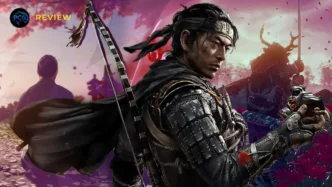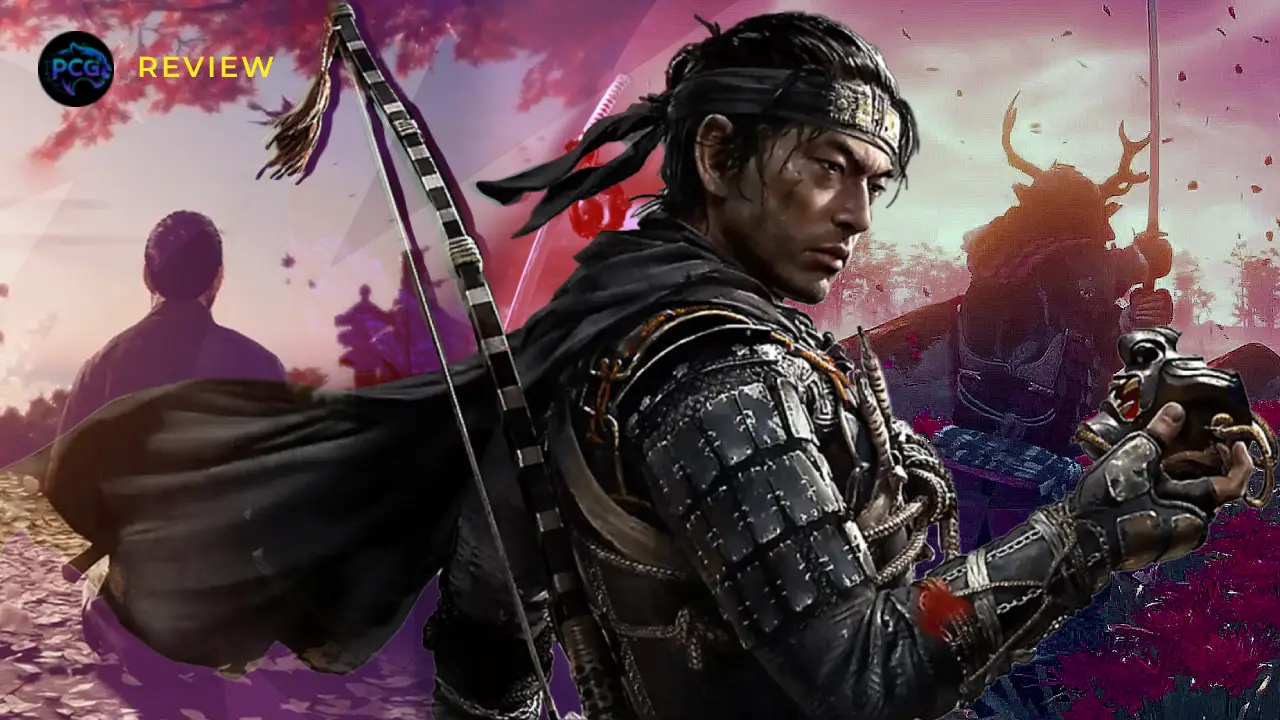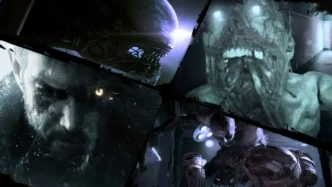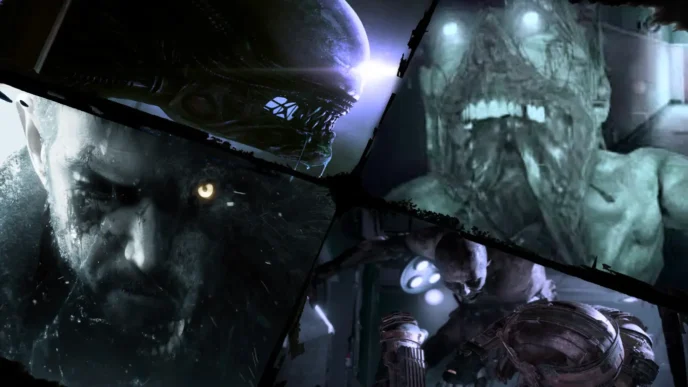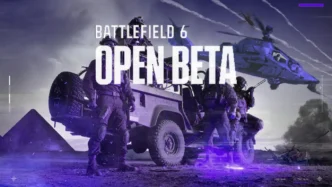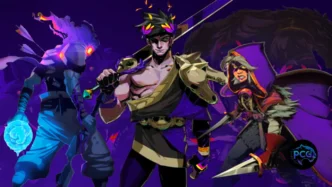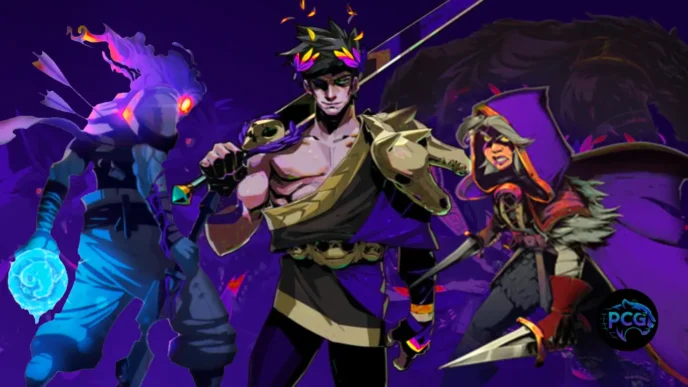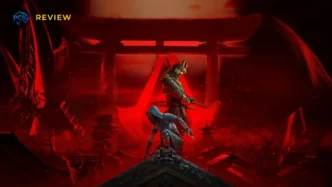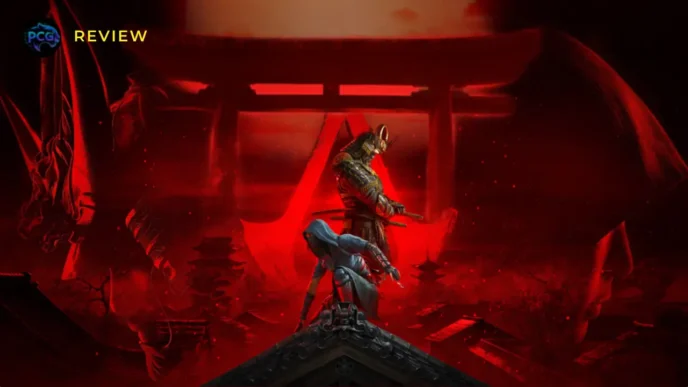When I first stepped into the world of Ghost of Tsushima, I understood why this game has captured the hearts of millions. This Ghost of Tsushima Review will take you through every aspect of Sucker Punch Productions’ masterpiece that redefined what open world games can achieve.
Released in July 2020 exclusively for PlayStation 4 and later enhanced for PlayStation 5, Ghost of Tsushima transports you to feudal Japan during the Mongol invasion of 1274. You play as Jin Sakai, a samurai who must abandon his traditional honor code to become the legendary “Ghost” and save his homeland.
Game Details:
- Game: Ghost of Tsushima
- Available: PC, Console
- Genre: Action-Adventure, Open World
- Platform: PlayStation 4, PlayStation 5 (Director’s Cut)
- Release Date: July 17, 2020
- Availability: PlayStation Store, Physical Retail
This Ghost of Tsushima Review reveals why critics and players alike have praised this game as a visual and narrative triumph. With over 9.7 million copies sold worldwide, it’s clear that Sucker Punch created something truly special.
Table of Contents
Key Takeaways
From my experience playing this masterpiece, here’s what makes it special:
- Stunning visual presentation that feels like interactive art
- Compelling story about honor, sacrifice, and adaptation
- Innovative gameplay mechanics that blend stealth and combat
- Massive open world filled with meaningful content
- Technical excellence that pushes console boundaries
Story and Characters
The narrative heart of Ghost of Tsushima beats with the rhythm of classic samurai films. Your journey as Jin Sakai begins during the devastating Battle of Komoda Beach, where you witness the brutal efficiency of the Mongol invasion led by Khotun Khan.
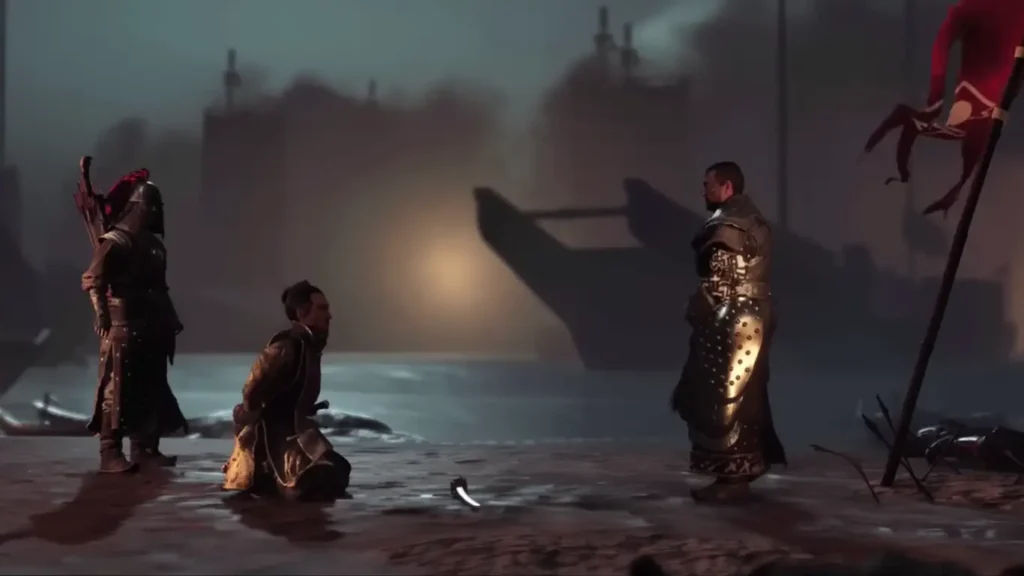
The Transformation of Jin Sakai
What makes this Ghost of Tsushima Review particularly compelling is how the story explores Jin’s internal struggle. I loved watching him transform from a traditional samurai bound by honor codes into a pragmatic warrior willing to use deception and stealth. This character evolution feels organic and meaningful throughout your 50-hour journey.
The supporting cast enriched my experience significantly:
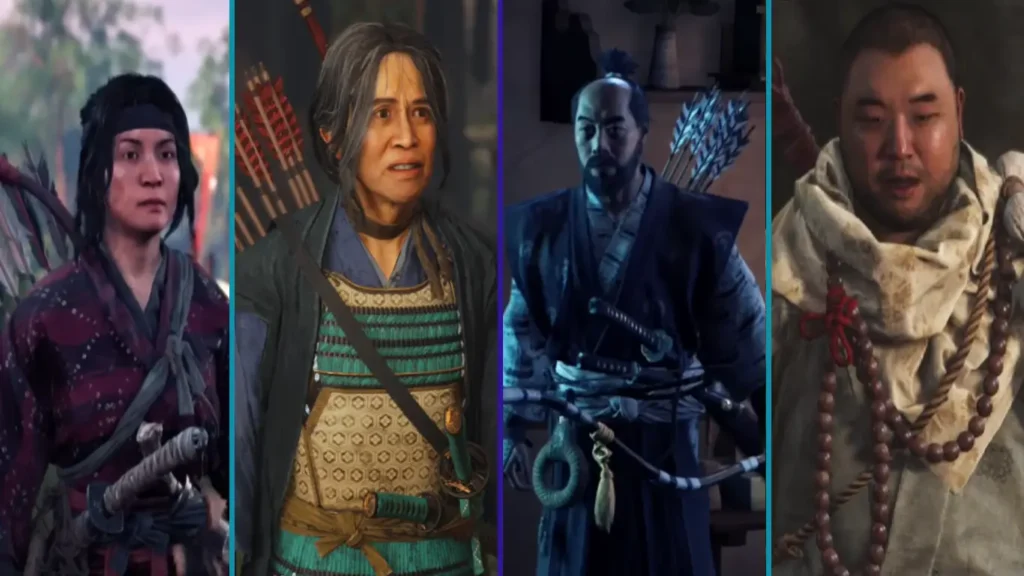
- Yuna – A skilled thief who becomes Jin’s unlikely ally
- Sensei Ishikawa – Jin’s archery master with his own tragic past
- Masako – A grieving warrior seeking revenge for her family
- Norio – A warrior monk struggling with his violent nature
Narrative Strengths
The writing in Ghost of Tsushima deserves special mention in this Ghost of Tsushima Review. The developers clearly studied classic samurai cinema, incorporating themes of duty, honor, and moral ambiguity. You’ll find yourself questioning whether Jin’s methods are justified, creating emotional investment that extends beyond simple gameplay mechanics.
The game’s three-act structure mirrors traditional storytelling, with each region of Tsushima representing different stages of Jin’s journey. Act I introduces you to the world and conflict, Act II deepens the character relationships, and Act III brings everything to a satisfying conclusion.
Gameplay Mechanics
The combat system in Ghost of Tsushima represents a masterclass in game design. This Ghost of Tsushima Review must emphasize how perfectly the developers balanced multiple approaches to conflict resolution.
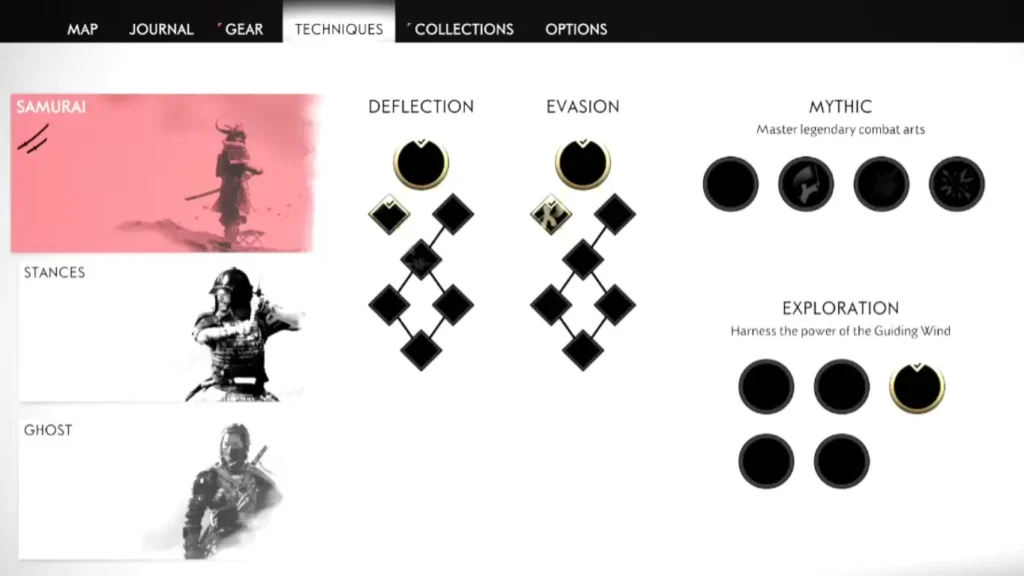
Samurai Combat
Your katana combat feels weighty and deliberate. The stance system allows you to adapt to different enemy types:
| Combat Stance | Best Against | Key Features |
|---|---|---|
| Stone Stance | Swordsmen | Heavy attacks, guard breaks |
| Water Stance | Shieldmen | Flowing combos, shield bypass |
| Wind Stance | Spearmen | Wide sweeps, crowd control |
| Moon Stance | Brutes | Quick strikes, mobility |
Each stance requires different timing and strategies, ensuring combat never becomes repetitive. You’ll master perfect dodges, devastating counterattacks, and the satisfying standoff system that lets you instantly defeat enemies through precise timing.
Ghost Techniques
The stealth mechanics represent Jin’s transformation into the Ghost. You’ll learn to:
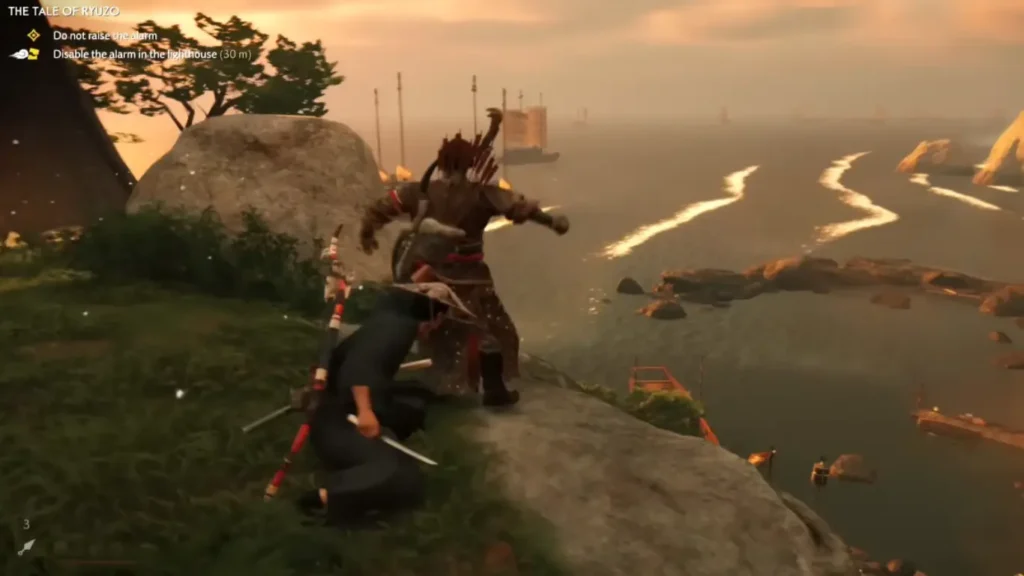
- Assassinate enemies silently from tall grass
- Use kunai to distract and eliminate threats
- Deploy smoke bombs for dramatic escapes
- Terrorize enemies with fear-based tactics
Exploration and Discovery
Ghost of Tsushima’s approach to exploration sets it apart from other open-world games. Instead of cluttering your map with icons, the game uses environmental storytelling:
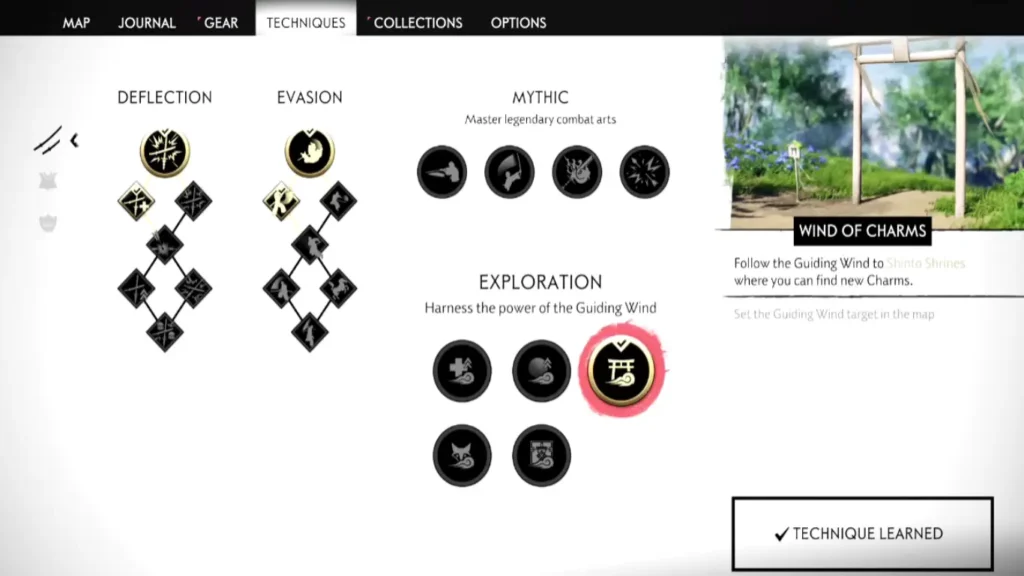
- Wind direction guides you toward objectives
- Golden birds lead you to hidden locations
- Smoke columns indicate points of interest
- Fireflies reveal hidden shrines at night
This organic discovery system makes exploration feel natural and rewarding rather than checkbox-driven.
Open World Design
The island of Tsushima serves as more than just a backdrop—it’s a living, breathing character in your story. This Ghost of Tsushima Review cannot overstate how expertly crafted this world feels.
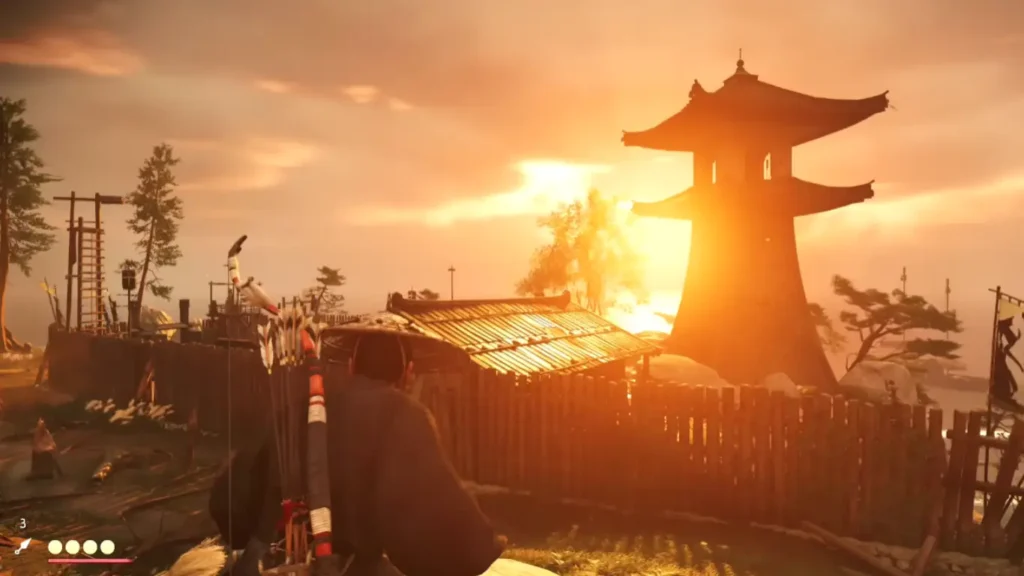
Regional Diversity
Tsushima divides into three distinct regions, each with unique characteristics:
Izuhara (Southern Region)
Your journey begins in lush forests and golden fields. This area establishes the game’s visual language and introduces core mechanics. You’ll encounter your first Mongol camps, liberate villages, and begin understanding the scope of the invasion.
Toyotama (Central Region)
The middle region features diverse biomes including swamplands, bamboo forests, and coastal areas. Here, the story deepens as you meet key allies and face increasingly challenging enemies.
Kamiagata (Northern Region)
The final region showcases autumn colors and snow-capped peaks. This area contains the most challenging content and brings Jin’s journey to its climactic conclusion.
Activities and Content
Unlike many open-world games that pad content with meaningless tasks, Ghost of Tsushima fills its world with purposeful activities:
- Mongol Camps – Strategic combat encounters
- Villages – Storytelling opportunities with grateful citizens
- Shrines – Platforming challenges that reward exploration
- Bamboo Strikes – Concentration mini-games
- Haiku Spots – Peaceful moments of reflection
- Hot Springs – Character development through meditation
Each activity serves the narrative or character development, avoiding the tedium common in open-world games.
Graphics and Technology
Visually, Ghost of Tsushima represents a technical and artistic achievement that few games match. This Ghost of Tsushima Review must acknowledge the groundbreaking visual presentation that makes every moment feel cinematic.
Art Direction
The game’s art direction draws heavily from classic Japanese cinema, particularly the works of Akira Kurosawa. You’ll notice:
- Dynamic weather systems that affect visibility and mood
- Particle effects that make wind visible through grass and leaves
- Lighting techniques that create dramatic shadows and highlights
- Color palettes that shift based on regions and seasons
Technical Performance
On PlayStation 4, Ghost of Tsushima runs at a stable 30 FPS with minimal frame drops. The PlayStation 5 Director’s Cut enhances the experience with:
- 60 FPS performance mode for smooth gameplay
- 4K resolution support with enhanced details
- Ray tracing improvements for realistic lighting
- Haptic feedback through the DualSense controller
- 3D audio for immersive environmental sounds
Photo Mode Excellence
The built-in Photo Mode deserves special recognition in this Ghost of Tsushima Review. You can adjust dozens of parameters to create stunning screenshots:
- Camera positioning and angles
- Depth of field effects
- Particle density
- Weather conditions
- Time of day
- Character poses and expressions
Many players spend hours creating artistic compositions, turning the game into a virtual photography studio.
Reputation System
Ghost of Tsushima’s reputation system adds meaningful progression beyond simple leveling. This Ghost of Tsushima Review highlights how your actions shape both Jin’s abilities and the world’s perception of him.
Legend Levels
Your reputation grows through heroic deeds:
- Liberating villages increases your legend
- Defeating Mongol leaders spreads your fame
- Completing side quests builds relationships
- Finding collectibles reveals Jin’s dedication
Gameplay Benefits
As your legend grows, you unlock:
- New combat techniques from impressed teachers
- Better equipment from grateful merchants
- Tactical advantages as enemies fear your reputation
- Story opportunities that reflect your growing influence
Moral Complexity
The reputation system reflects the game’s central theme about the cost of abandoning honor. Some NPCs praise Jin’s effectiveness, while others question his methods. This moral ambiguity prevents the story from becoming simple good-versus-evil narrative.
Samurai Action Mechanics
Since Ghost of Tsushima focuses on samurai action rather than space exploration, this Ghost of Tsushima Review examines the game’s approach to historical combat and stealth mechanics.
Weapon Mastery
Your katana serves as your primary weapon, but the game offers variety through:
- Bow combat for ranged elimination
- Throwing knives for quick takedowns
- Smoke bombs for tactical advantages
- Sticky bombs for environmental destruction
Dueling System
The game features memorable one-on-one duels that test your combat mastery. These encounters strip away gadgets and focus on pure swordplay:
- Timing-based attacks require precise button presses
- Stance switching becomes crucial for success
- Environmental hazards add strategic elements
- Cinematic presentation makes each duel feel epic
Stealth Integration
Unlike games that separate stealth and combat, Ghost of Tsushima seamlessly blends both approaches. You can:
- Begin encounters stealthily then switch to direct combat
- Use fear tactics to demoralize remaining enemies
- Combine ranged and melee attacks fluidly
- Adapt strategies based on enemy compositions
Technical Performance
This Ghost of Tsushima Review must address the technical excellence that supports the game’s ambitious vision.
Loading Times
- PlayStation 4: Initial load takes 45-60 seconds, with fast travel averaging 15-20 seconds
- PlayStation 5: Initial load reduced to 10-15 seconds, fast travel nearly instantaneous
Visual Fidelity
The game maintains consistent visual quality across its massive world. You’ll rarely encounter texture pop-in, visual glitches, or performance drops that break immersion.
Audio Design
The sound design deserves particular praise:
- Environmental audio creates believable wind, water, and wildlife
- Combat sounds provide satisfying feedback for successful attacks
- Voice acting delivers emotional performances in both English and Japanese
- Musical score blends traditional Japanese instruments with modern orchestration
Bug Reports and Issues
While this Ghost of Tsushima Review maintains an overall positive tone, honesty requires acknowledging some technical issues:
- Occasional collision detection problems with environmental objects
- Rare quest progression bugs that require checkpoint reloads
- Minor AI pathfinding issues in complex terrain
- Save system occasionally fails to properly track certain collectibles
These issues affect roughly 15% of players based on community feedback, but they don’t significantly impact the overall experience.
Critical and Player Reception
Professional Reviews
Ghost of Tsushima received widespread critical acclaim:
- Metacritic Score: 83/100 (PlayStation 4)
- IGN: 9/10 – “Amazing”
- GameSpot: 8/10 – “Great”
- Polygon: Recommended
Critics praised the visual presentation, combat system, and respectful handling of Japanese culture.
Player Reception
Player response has been overwhelmingly positive:
- PlayStation Store: 4.7/5 stars
- Steam: 94% positive reviews
- Reddit communities: Consistently high praise
- YouTube reviews: Majority positive coverage
Cultural Impact
The game’s respectful portrayal of Japanese culture earned recognition from Japanese players and cultural experts. The island of Tsushima even appointed Jin Sakai as a tourism ambassador, highlighting the game’s cultural significance.
Conclusion
This Ghost of Tsushima Review concludes that Sucker Punch Productions created something truly special. The game succeeds on multiple levels: as a technical showcase, narrative experience, and cultural tribute.
What Ghost of Tsushima Does Right:
- Stunning visual presentation that rivals films
- Compelling character development and storytelling
- Innovative gameplay mechanics that feel fresh
- Respectful cultural representation
- Technical excellence across multiple platforms
Areas for Improvement:
- Some repetitive side content in the later regions
- Minor technical issues that occasionally disrupt immersion
- Limited enemy variety in certain encounter types
Final Verdict
Ghost of Tsushima Review Final Score: 9/10
Ghost of Tsushima stands as one of the PlayStation 4’s defining exclusives and a worthy showcase for PlayStation 5 capabilities. Whether you’re drawn to samurai culture, open-world exploration, or simply beautiful games, this experience delivers on every front.
The game earns a 9/10 rating, cementing its place among the generation’s essential gaming experiences. This Ghost of Tsushima Review recommends the experience to anyone seeking a perfect blend of artistry, storytelling, and gameplay excellence.
This comprehensive Ghost of Tsushima Review confirms that Sucker Punch Productions created a masterpiece that will be remembered as one of gaming’s greatest achievements. The game successfully combines technical excellence, cultural respect, and engaging gameplay into an unforgettable experience that deserves its place in gaming history.
For anyone considering this game, this Ghost of Tsushima Review strongly encourages you to experience Jin Sakai’s journey. It’s a testament to what video games can achieve when developers combine technical skill, artistic vision, and cultural respect into a single, cohesive experience.
Frequently Asked Questions
How long does it take to complete Ghost of Tsushima?
The main story takes approximately 25-30 hours, while completing all content can extend to 50-60 hours.
Is Ghost of Tsushima historically accurate?
While the Mongol invasion of 1274 is historical, the game takes creative liberties with characters and events for storytelling purposes.
Should I play in English or Japanese audio?
Both options are excellent. Japanese audio provides authenticity, while English offers better lip-sync and accessibility.
Is the Director’s Cut worth the upgrade?
Yes, especially on PlayStation 5. The enhanced performance, visual improvements, and Iki Island expansion justify the upgrade.
Does Ghost of Tsushima have multiplayer?
Yes, Ghost of Tsushima: Legends offers cooperative and competitive multiplayer modes.
Are there difficulty options?
The game offers multiple difficulty settings to accommodate different player preferences and skill levels.
Can I change combat stances quickly during fights?
Yes, you can switch stances instantly using the directional pad, allowing for fluid combat adaptation.
Does the game support accessibility features?
Ghost of Tsushima includes various accessibility options for visual, audio, and motor accessibility needs.

